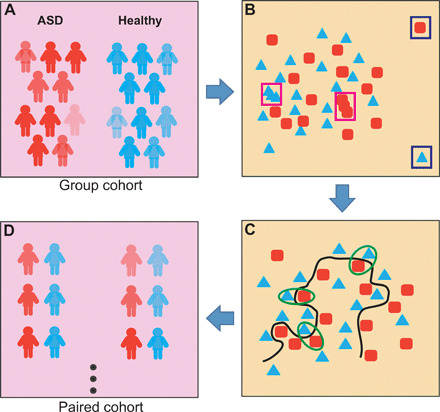Fig. 1. Principle of quasi-paired cohort analysis.

(A) Group cohort of ASD individuals and healthy control participants. (B) A high-dimensional space with each microbiome feature representing a dimension was constructed, and samples were positioned. Samples with abnormally far distances to others (outliners, labeled with blue rectangles) or that were too close (redundancies, labeled with pink rectangles) were removed. (C) Boundary samples near the decision boundary (the black line) were selected for both groups and paired with their nearest samples from the opposite group. (D) Quasi-paired cohort was constructed and used to test for the significance of the difference in each dimension (microbial feature) between case and control samples.
